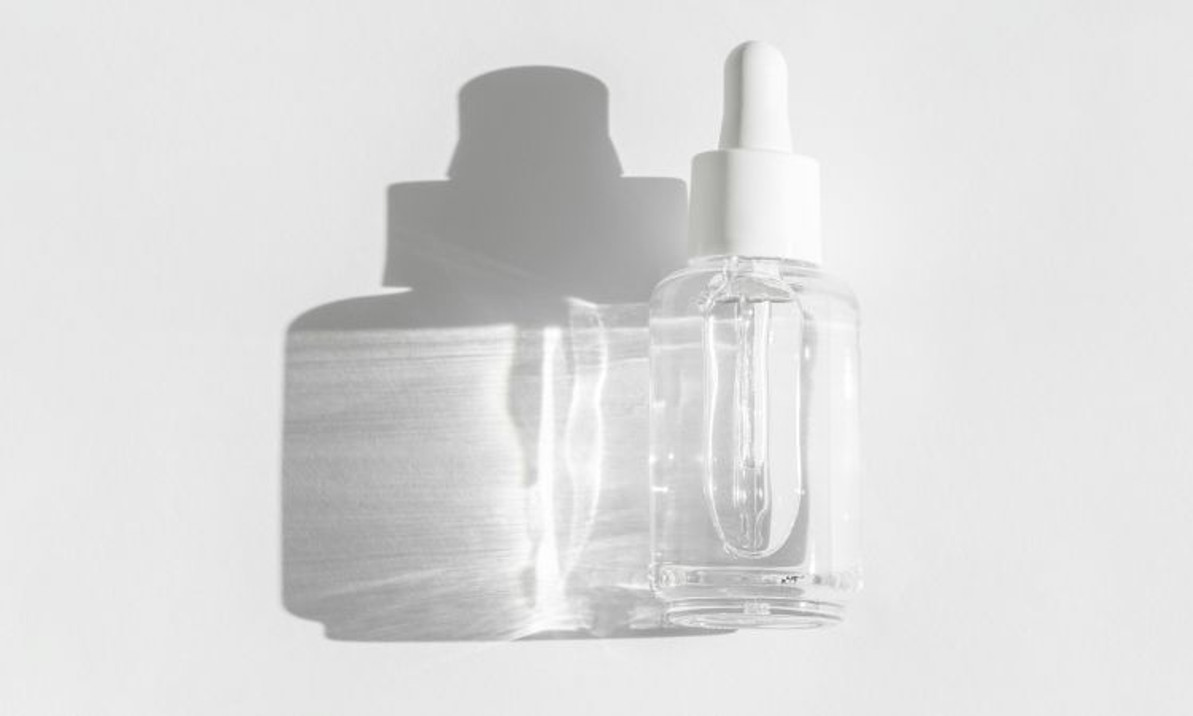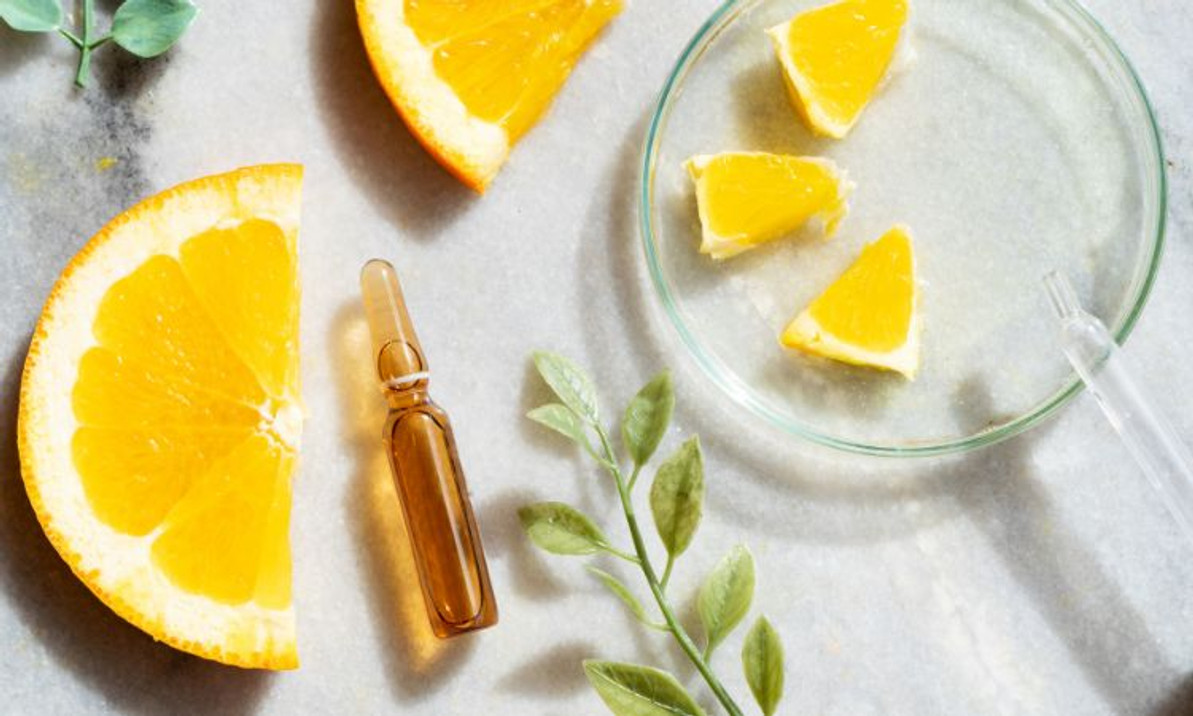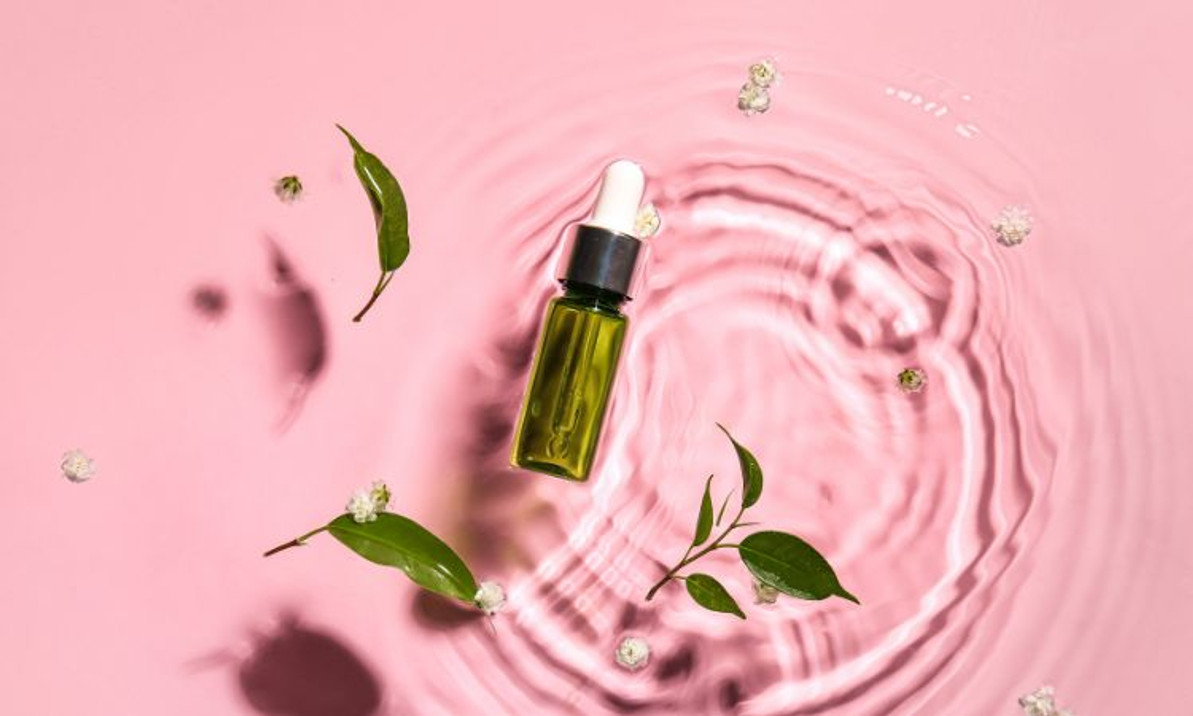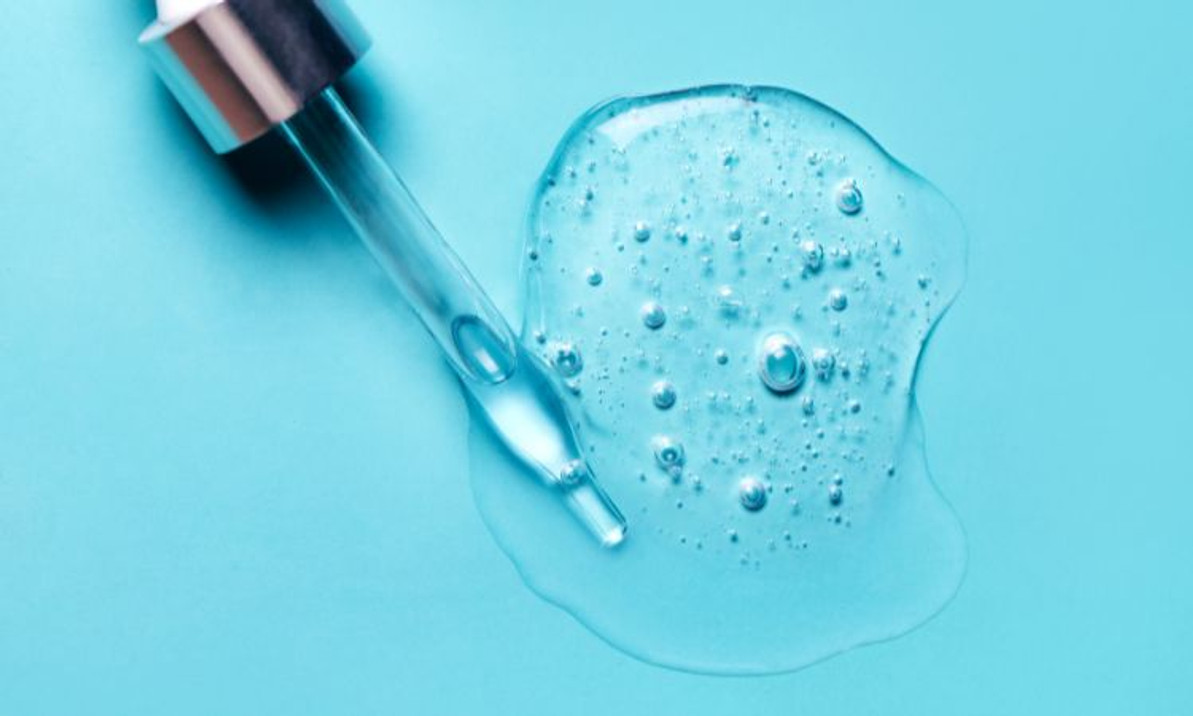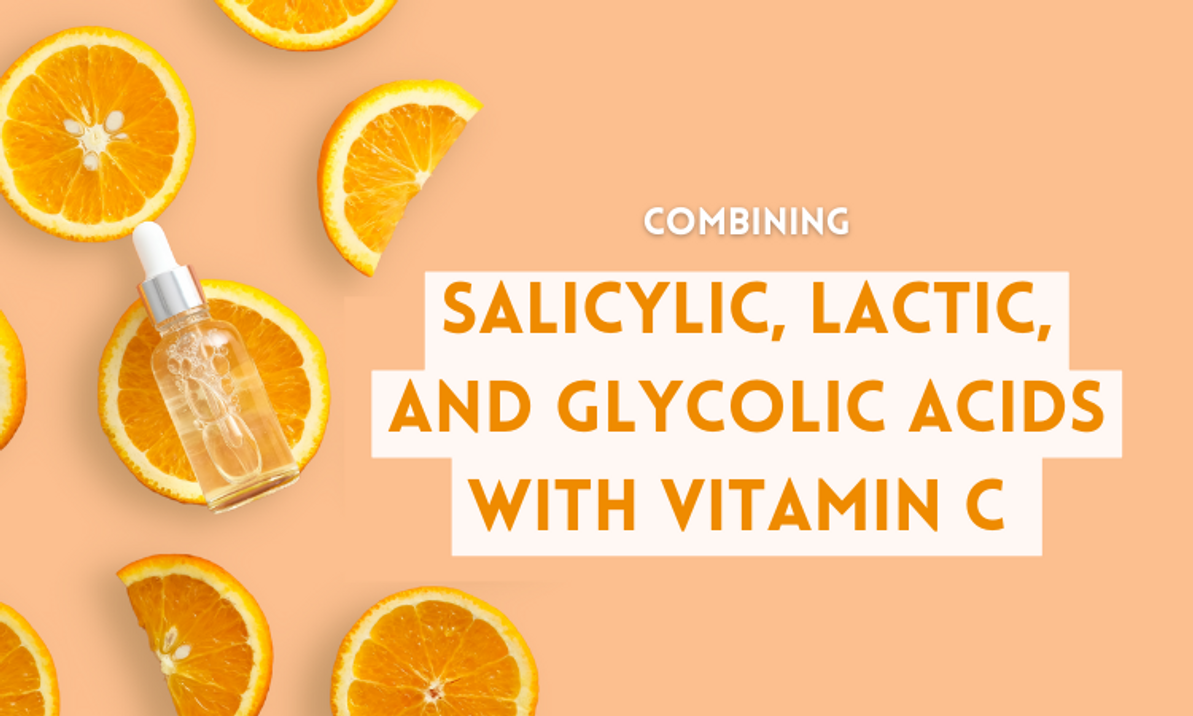Blog
Squalane
Squalane was introduced for cosmetic use in the 1950s. The unsaturated form of squalene is produced in human sebum and the livers of sharks. Squalane has low toxicity and is not a significant human skin irritant or sensitizer. However, due to environmental concerns, other sources such as olive oil, rice, and sugar cane have been commercialized and, since 2014, have been supplying about 40% of the industry total. In manufacturing, Farnesene is produced from the fermentation of sugarcane sugars
…
Jun 13th 2022
Vitamin C
Vitamin C (ascorbic acid or ascorbate) is found in citrus and other fruits and vegetables and is sold as a dietary supplement. Vitamin C is an essential nutrient involved in the repair of tissue, the formation of collagen, and the enzymatic production of certain neurotransmitters. In addition, it is necessary for immune system function. It also serves as an antioxidant. Some evidence suggests that regular use of vitamin c supplements may reduce the duration of the common cold, but it does not
…
Jun 10th 2022
Hyaluronic Acid
(Abbreviated HA) is unique as it forms in the plasma membrane and can be substantial. The average 150 lb person naturally has about 15 grams of hyaluronic acid in the body. Hyaluronic acid is also a significant component of skin and is involved in repairing tissue. When skin is exposed to excessive UV rays, it becomes inflamed (sunburn), and the cells in the dermis stop producing as much hyaluronan and increase the rate of its degradation.What are the benefits of hyaluronic acid?
Hyaluronic
…
Jun 10th 2022
Niacinamide
Niacinamide or nicotinamide is a form of vitamin B3 found in food and used as a dietary supplement and medication. When in the form of a supplement, it prevents and treats pellagra (niacin deficiency). In addition, niacinamide has the benefit of not causing skin flushing. As a cream, it is used to treat acne. Niacinamide is the supplement name, but Nicotinamide (NAM) is the scientific name. Niacinamide is in the vitamin B family of medications, specifically the vitamin B3 complex. Foods that con
…
Jun 10th 2022
Combining Salicylic, Lactic, and Glycolic acids with Vitamin C
You've heard how mixing vitamin C serums with other AHAs (Alpha hydroxy acids), and BHAs (beta hydroxy acids) can transform your skin. BUT we have also heard the warnings about mixing these since it can lead to significant skin irritation. So how do I properly use Vitamin C, BHAs, and AHAs, in my routine to achieve my skincare goals? What are AHAs and BHAs? Alpha and beta hydroxy acids (AHAs and BHAs) are derived from organic/natural ingredients. Alpha hydroxy acids are usually derived
…
May 12th 2022

